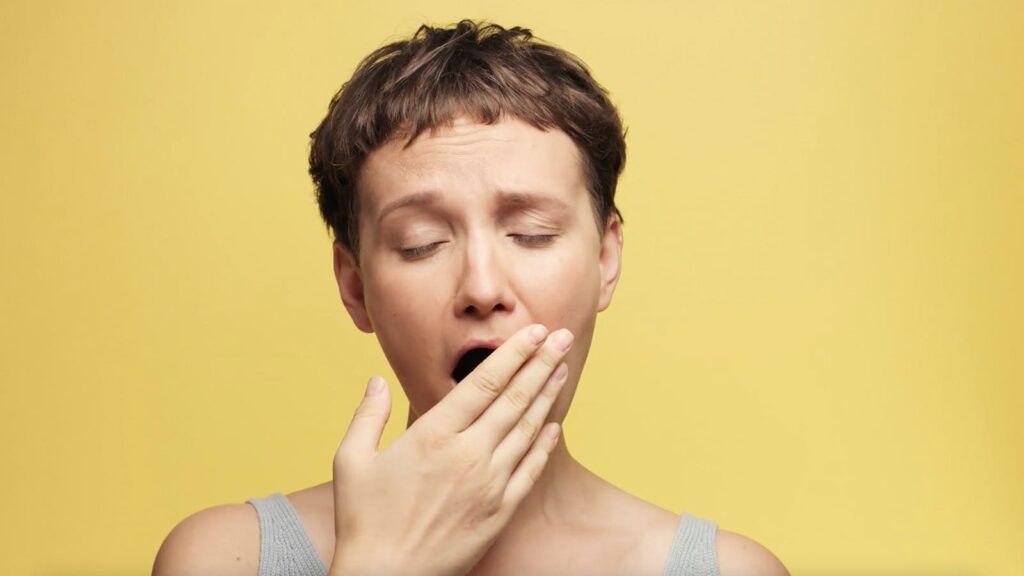In this video interview, Eric Olson, MD, the president-elect of the American Academy of Sleep Medicine and a sleep medicine specialist at the Mayo Clinic in Rochester, Minnesota, discusses what healthy sleep and sleep hygiene looks like for the average adult. Olson also warns about the health risks associated with chronic lack of healthy sleep and gives advice to primary care providers about broaching this topic with patients.
The following is a transcript of his remarks:
What sleep health looks like is sleep that is consistently timed and allows for 7 or more hours of sleep per night on a consistent basis. And in general, that sleep comes in a way that the patient is very efficient when sleeping, meaning the time that they are in bed is largely consumed with actually sleeping rather than periods of prolonged wakefulness.
Healthy sleep hygiene would refer to behaviors that really would promote obtaining good sleep health. We tend to think of sleep hygiene perhaps viewed through the lenses of behaviors that should be promoted and behaviors that should be avoided, and so when we talk about the ‘dos’ of strong or healthy sleep hygiene, we talk about being mindful of what one is consuming. For instance, caffeine too late in the day; alcohol too close to bedtime or in excess; consuming foods that might lead to heartburn that could disrupt sleep might be examples of things to avoid.
Whereas on the other hand, we tend to talk about promoting a consistently-timed bedtime and rise time, so those don’t fluctuate too much on a night-to-night basis. And having the bedroom environment conducive for sleep — so a comfortable mattress, quiet environment, and cooler temperature. Other things just to be mindful of when we talk about healthy sleep hygiene include limiting the bedroom for sleep and intimacy, and generally avoiding doing other activities [like] work, watching TV in the bedroom so that the body really begins to associate and cement that link between the bedroom and high-quality sleep.
Healthy sleep hygiene looks differently for different people, but always can be characterized by a consistent set of rituals or behaviors before bed; kind of prepping the body and giving it that signal that the time for bed is approaching. While each of the behaviors or rituals may be a little bit different, a consistency of that pattern every night can be very positive.
I’m afraid [that] for a lot of individuals, there is a gulf between the intent when it comes to their behaviors and actions about sleep, timing of sleep, duration of sleep, and what actually happens. We know if we look at 7 hours of sleep or more being the idealized duration for healthy sleep, we know that a lot of people fall short of that, and that’s true across the age spectrum. So when we look at teenagers, young adults, into midlife, our society is very prone to suffering from chronic insufficient sleep opportunity and sleep duration.
That’s understandable given demands on people’s times, how ubiquitous shift work is, environmental light, and other distractions that can make going to sleep more difficult. So from a healthy sleep duration standpoint, we know a significant percentage of the population falls short from the general health standpoints.
We know that chronically insufficient sleep has been associated with difficulties controlling blood sugar, difficulties controlling blood pressure, other cardiovascular outcomes, difficulties with mood — so higher risk for depression, for instance, would be associated with chronic insufficient sleep. And then there are also just performance issues, so one’s motor skills, the ability to do things speedily and accurately can decline.
Studies have suggested that simply being chronically sleep-deprived is associated with increased risk for premature death. So neurobehaviorally, cardiovascularly, motor performance, just overall longevity, all of those things can be impacted.
One other thing I would just point out is that sleep deprivation studies have also suggested that insufficient sleep can be associated with impaired immune performance. For instance, response to vaccines. You just get the sense that, because sleep is so foundational to health, it stands to reason that if that sleep is suffering from duration or suboptimal quality, that many aspects of health globally could potentially be negatively impacted.
There are a number of tips or pieces of advice that I would make to our primary care clinician colleagues. First is just having that appreciation that sleep is so foundational to health. So often we hear that appointment time is limited, it’s devoted to dealing with a number of topics, and there just isn’t time to squeeze sleep into those topic discussions. I would point out that for many of the most common issues that are dealt with in the primary care setting in the office, sleep has been associated with that condition, whether contributing to that condition or making control or management of that condition more difficult. So, it would stand to reason that introducing sleep into those discussions might help manage those conditions rather than complicating the space that’s devoted to talking about them.
Our colleagues in primary care really need to keep in mind just how common sleep disorders are. If you just take the two big ones, insomnia and obstructive sleep apnea, a high percentage of patients coming through a primary care office everyday are going to have those conditions, and sometimes the patient’s comments about sleep may be related to sleep hygiene and sleep health in general, but it really may be the patient’s way of reaching out to introduce, or invite comments, about their concerns about a sleep disorder. I think keeping that in mind should also guide the primary care clinician’s exploration about sleep in an office visit.
Please enable JavaScript to view the comments powered by Disqus.
Source link : https://www.medpagetoday.com/primarycare/sleepdisorders/108570
Author :
Publish date : 2024-02-05 12:08:35
Copyright for syndicated content belongs to the linked Source.
